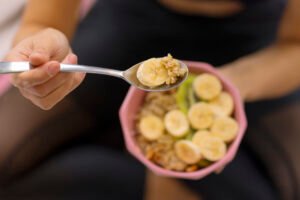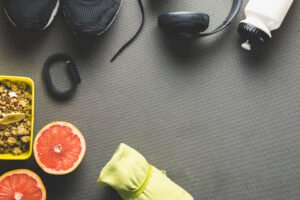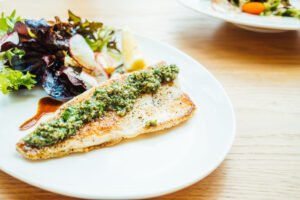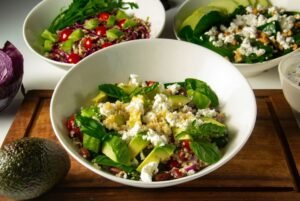Summer is almost here in the Northern Hemisphere, and it’s already hot in Barcelona. Also, it’s getting hard to maintain the same pace until the end of the race due to the heat. Additionally, I’ve noticed that my appetite, as well as that of other runners, has changed. It’s not the same as before. However, a decrease in food intake while maintaining the same training volume or intensity is not an option. In this post, I’ll bring some strategies for appetite-free days.
Why Do You Lose Your Appetite During a Heat?
Excessive heat can make you feel nauseous, weak, or dizzy. You might even lose your appetite when it’s sweltering outside.
When we’re in a heated environment, we actually have less of an appetite and consume fewer calories as a way of cooling our body.
When we’re hot, our appetite decreases; this is because our body is essentially trying to keep cool. All the body’s functions, including digestion, create heat within the body. A body working hard to keep cool will suppress its appetite to lessen its workload.
Additionally, with heat comes perspiration. You not only lose water when you perspire, but you also lose vitamins and minerals.
In this situation, a decrease in food intake while maintaining the same training volume or intensity is not an option. This will lead to a drop in energy, difficulty recovering, and consequently, a loss of performance.
Since reducing food intake is not an option for those who continue training at the same volume and intensity, the best approach is to adopt strategies that overcome a lack of appetite.
Here are some strategies:
Try Lighter Foods
Summer is centred on light, fresh foods that fill you up but don’t weigh you down.
Include white fish, tuna, and sardines in your meals as protein sources. Fish is lighter, even when baked, and goes well with salads and cooked vegetables.
Shift to Lower Fiber Options
If your recommended carbohydrate intake is high, it may be best to reduce your fiber intake, since fiber makes us feel full and can make it difficult to consume enough carbohydrates.
This doesn’t mean you should eliminate fiber entirely, just reduce your intake. If this is a problem for you, there are strategies you can adopt.
Be Smart with Recovery
Coming back from a long, sweaty outdoor workout can be an exhausting and possibly nauseating event in itself.
In this case, you don’t need to eat a solid meal right away. After an hour, you can consume a protein and fruit shake or a bowl of Greek yogurt with fruit as recovery.
Have One Large Meal Per Day
You can choose one meal per day to be larger than the others. This could be lunch or breakfast, for example. The rest of your meals can be divided into smaller portions and eaten at different times.
Make adjustments according to what your body is telling you. If your evening meal is usually your heaviest, make sure to eat early enough that the food has time to settle and begin digestion before heading for the bedroom.
Focus on Fruits and Veggies
Fruit and vegetables are the two best carbohydrate options in an athlete’s diet. They are also fantastic as they contain tons of water, which helps with hydration status too. Many of them are 80-95% water, which makes them a great slow-release hydration source when you eat them in decent quantities.
Don’t Forget Hydration
Maintain adequate hydration levels. You must replace your losses from runs/workouts with your baseline needs. This should be done before, during, and after your run, with continued hydration throughout the day.
I hope these strategies help you overcome your lack of appetite during the summer. I confess that I have already adopted some of them and can say that they work 100%
My favorite is the protein shake with recovery fruits, which I also have for breakfast. I find it super handy and delicious.








